
Fast Cars to Farmland: How Jeremy Clarkson Put Chadlington on the Map
– Fast Cars to Farmland: How Jeremy Clarkson Put Chadlington on the Map TLDR: Population: 878 Situation: Tourism boom following

Population: 6,382
Situation: Pristine Island paradise with a rich history and stunning scenery.
Action: Cultivated a culture of conservation, standing firmly against uncontrolled commercial development.
Result: A beautiful Island town with carefully chosen development and well preserved natural areas.
Sanibel Island is a barrier island connected via causeway to the southwest coast of Florida near Fort Myers and Cape Coral. The island is famous for their seashells and underdeveloped landscape, offering a natural retreat close to civilization. Featuring picturesque scenery and not lacking any high-class amenities, the island is billed as the perfect getaway spot for vacationers year-round.
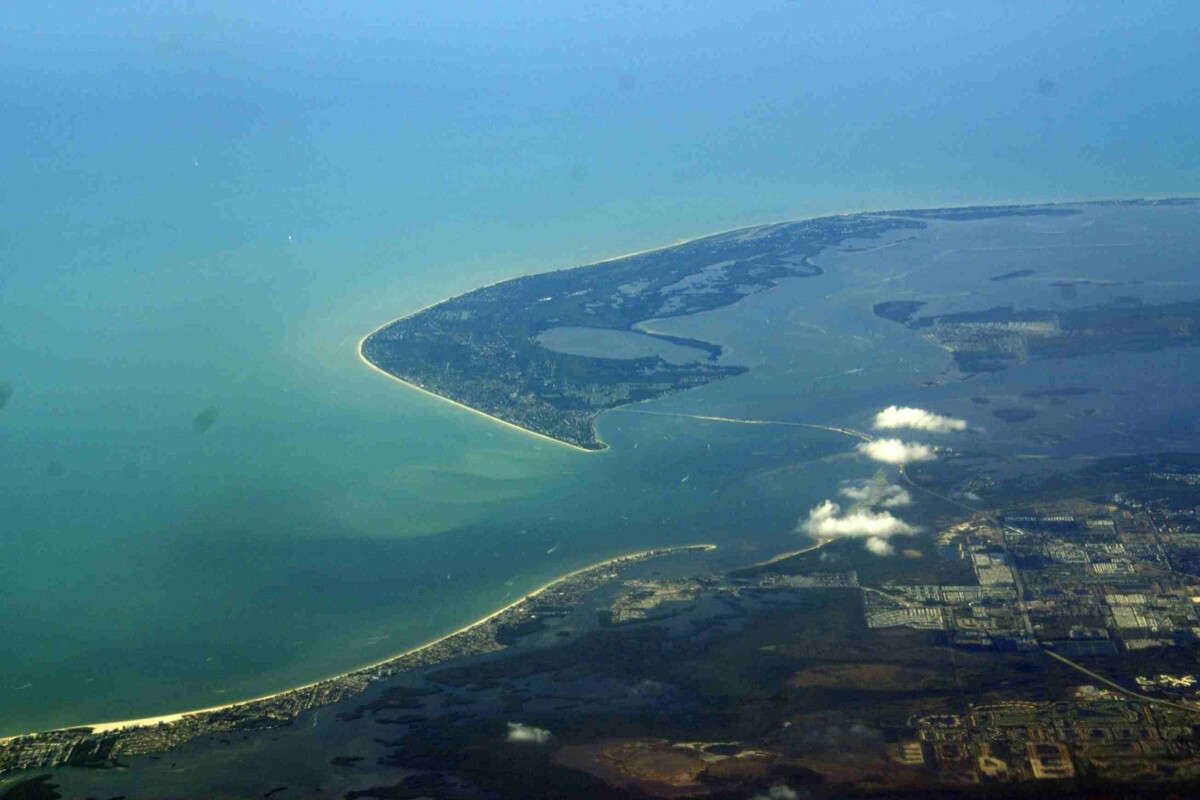
Originally, the area was inhabited by the Calusa natives, a powerful tribe in South Florida who fished and collected shells to use as tools and jewelry. They were also great canoe builders and survived this way for many years until they were wiped out by diseases brought from Europe.
Sanibel’s western history dates back to the Spanish in the 1700s, who may have named the island after their Queen, or for a soldier’s lover left behind in Europe. Legends of pirates and treasure surround the lore of the Island, including that of Black Ceaser, who supposedly sought refuge there during the war of 1812, burying his treasure to hide it from the Spanish.
Sanibel Island was eventually settled in 1832, with residents needing to take a ferry until the causeway was built over 100 years later in 1963. This finally connected the island to the mainland of Florida and made tourism much more accessible. A relatively quiet town before then, Sanibel Island has blossomed into a massive tourist destination for people not only in Florida, but around the US and the world.
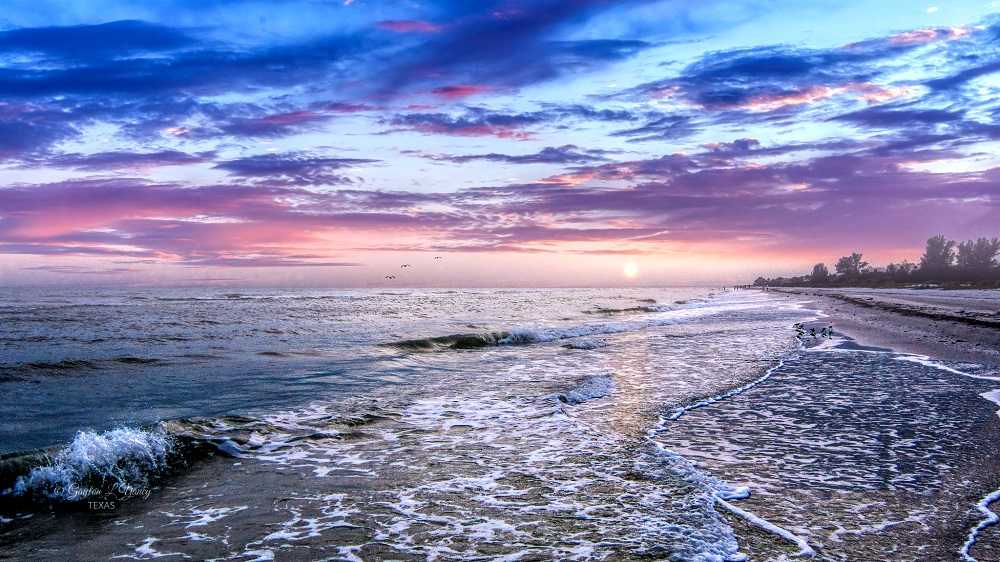
Sanibel Island has a history and culture of being anti-development in the name of the preservation of beauty and culture. Originally, this was an easier task, as travel to and from the island was more difficult than just driving in over the causeway. However, once Sanibel Island began to boom, like most places that boom, people wanted to build big tall buildings. This notion was quickly fought off by the community, for fears of both the economic impact on the residents and the environmental implications on the wildlife and wildlife areas on the island.
Now, on the official Sanibel Island website (https://www.sanibelisland.com), they claim the tallest building on the island stretches no higher than the tallest tree, certainly an uncommon philosophy, especially near a coastline. One result of this philosophy is that it is almost impossible to find fast food, stemming from laws passed in the 1970s. Not only does this alone help to solidify the genuine feel of the island, but it also promotes the small businesses of residents, who keep the town running for three to four million tourists each year. Instead of massive shopping malls, the town features boutiques and artisans, adding a flavor that you can only taste on Sanibel Island.
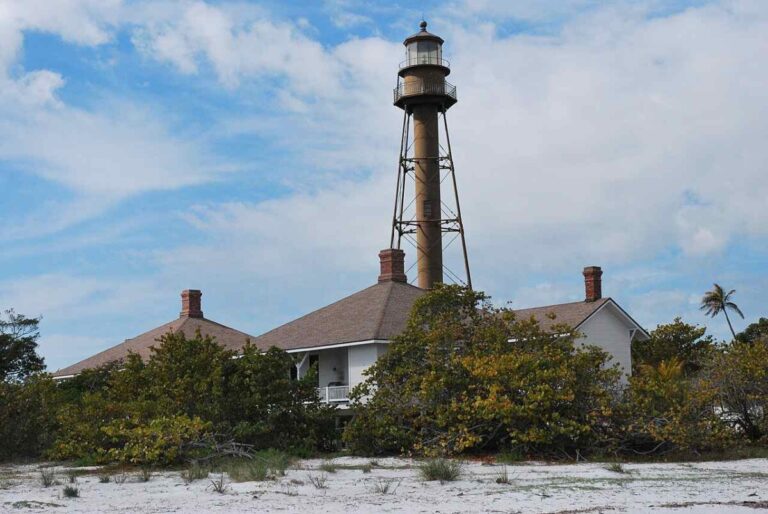
Sanibel Island tourists generate upwards of one billion dollars in wages and salaries for locals working on the island per year, an astonishing number when you consider the relative size of the island of only six thousand people. Just vacation rentals and accommodations alone generated 37 million dollars in 2020, in a year when tourism was most certainly not at its usual breakneck pace. Not only does this generate upfront cash for residents, it also drives tax revenue, saving residents hundreds, or even thousands of dollars that otherwise would have been coming out of their pockets to maintain the community.
Sanibel’s marketing is also on point. For every dollar they spend, they generate $264. This is in part due to the fact that they have an amazing island that has long been carefully looked after to market. According to their own marketing research, 92% of visitors come for peace and relaxation offered by natural retreats, with 90% also mentioning the warm weather.
The residents of Sanibel Island recognize that over-development detracts from this and that their touristic appeal lies in their blend of nature and city, so an understanding of the importance of conservation is certainly prevalent, as it drives their whole economy. 63% of visitors are finding out about Sanibel Island through social media and the internet, also making the marketing job easier. Think about it, someone visits Sanibel Island, posts pictures of the beautiful scenery and unique town, and instantly attracts more tourists. It’s almost like a self-sufficient cycle funneling tourists to Sanibel.

The Sanibel-Captiva Conservation Foundation is just one of the community organizations dedicated to preserving the natural features of the island and curbing uncontrolled commercial growth. They monitor waterways and educate the public on conservation, managing and operating several wildlife areas, a marine laboratory, and even a sea school. That school teaches children and adults about marine life in their area, providing education about real-world subjects that impact the lives of those in the community. This translates to the continued fostering of a conservation culture that in turn provides the island with its unique tourism drive. It really seems that everyone on this island is bought into the same mission, continuing the long-standing natural culture, crafting a unique tourist destination for many to visit.
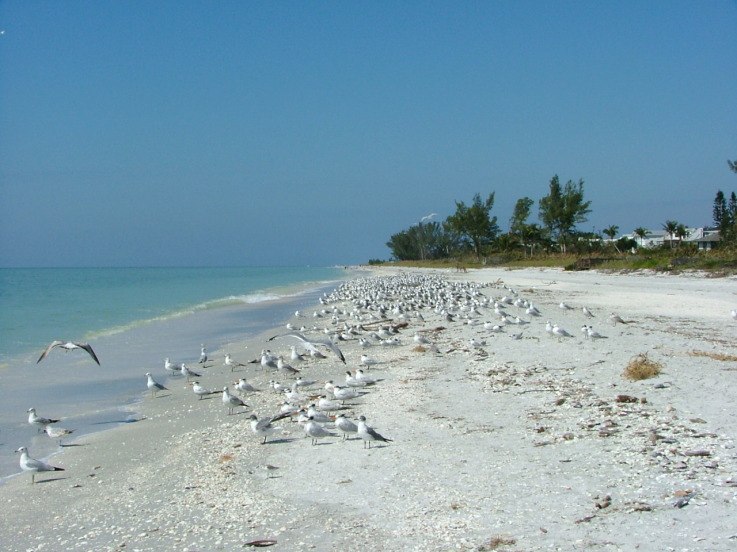
Most naturally pristine places that double as tourist destinations are that way because they are remote. Those kinds of places attract tourists who are looking for a nice place to escape the city for a little.
However, often this comes at a price of amenities (or lack thereof). For Sanibel Island, this is completely the opposite. Remaining true and steadfast against uncontrolled commercial development, the community has created a diamond in the rough. This is evident when we look at where folks are traveling from. The top location from which tourists are coming is New York City, carrying 6% of all tourists visiting Sanibel Island. This speaks to the need for an average tourist to be in nature while also not being completely disconnected.
Relevantly, it is hard to imagine a place just one causeway away from a major American city that remains true to what its beautiful landscape originally was. Sanibel Island is almost too cliché of a vacation spot. It’s commercially undeveloped, keeping it natural, yet has all the amenities, including 5-star hotels and fantastic restaurants. This is a result of careful cultivation over the town’s history, remaining dedicated to conservation. The J.N. “Ding” Darling National Wildlife Refuge covers the majority of the island, leaving just a little room for cottages, hotels, and restaurants. This natural preservation so close to massive civilization is a huge draw for tourists around the world.
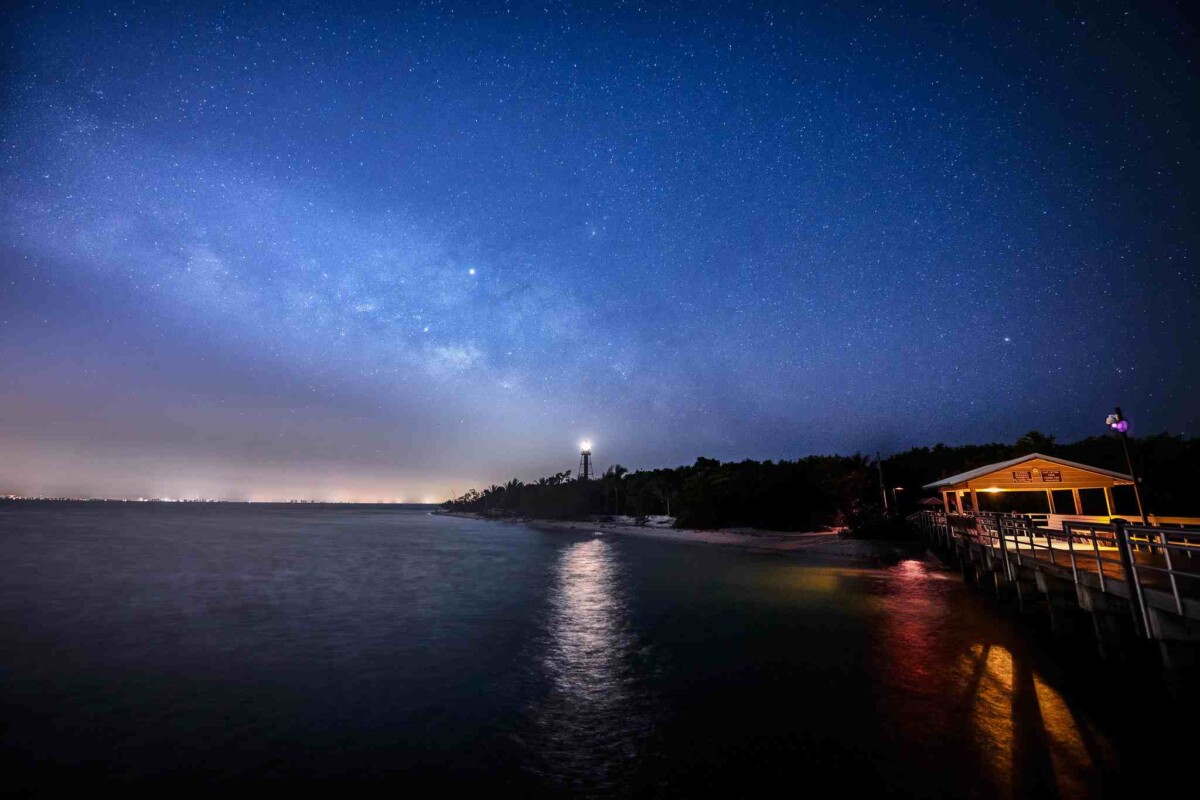
Sanibel Island is one of the best places in the world to collect seashells. In fact, seashells are so prevalent on the island that the bent-over position that one might use to pick up a seashell is called the “Sanibel Stoop”. These shells can be found all over the island, even buried in backyards and at parks. This is something that makes the area unique, as these shells have been carefully crafted by nature for millions of years and collected on the sandbar, and cannot be replicated by man.
One of the main attractions of Sanibel Island is the foraging of seashells. Some sell shells from Sanibel online for good prices, others simply collect to admire. This tradition pays homage to the Calusa natives, who used shells as tools in their day-to-day lives as previously discussed. This is yet another example of years of careful conservation paying off to create a unique natural environment that attracts tourists.

If you get tired of searching for ancient seashells (or your back is tired from the “Sanibel Stoop”), you could rent a kayak or a jet ski and adventure off the island, in the same tradition as the ancient natives, the Spanish, and the pirates that have graced Sanibel over time. When you get back, you can enjoy live music and great food at any of the many locally owned restaurants and boutiques abundant on the island. Try to spot sea turtles on the shore, or simply string up a hammock and lay the day away. For such a small island, there are certainly a number of activities to engage in.
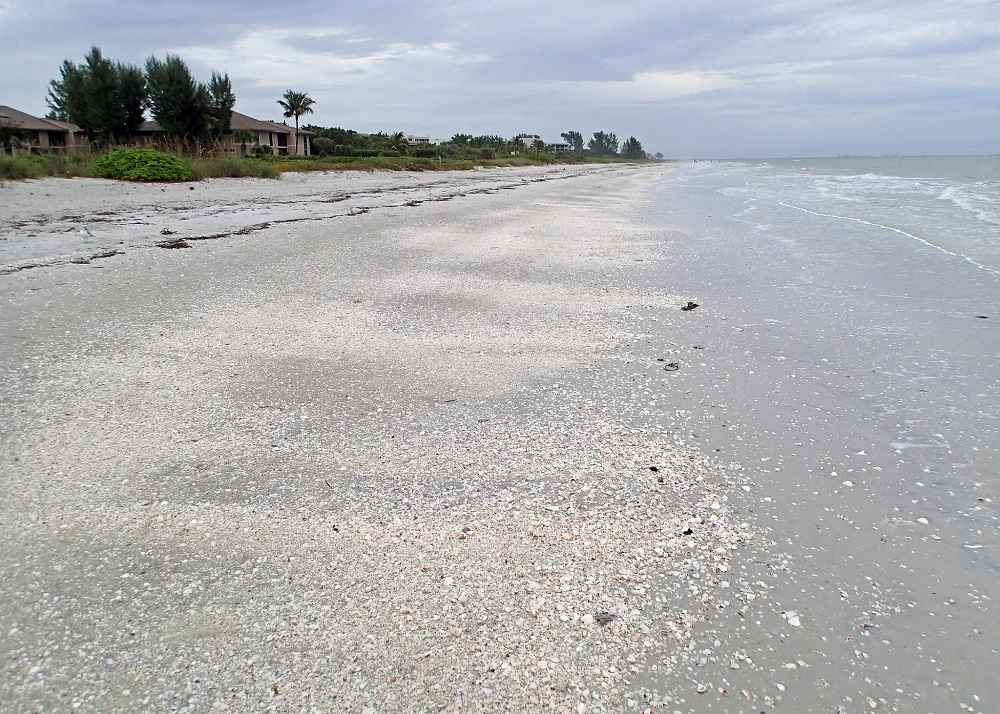
Hard work by the community over long periods of time, coupled with laws and regulations designed to curb over development, make Sanibel Island an unparalleled paradise of natural oceanic beauty without the drawbacks of being away from civilization.
The prevalent non-corporate philosophy on the island provides visitors with a one of a kind human experience as well, promoting shops and restaurants that one can only find in one place. This multi-faceted draw gives the town different avenues to market itself, all stemming from the idea that over development dilutes their culture and the feel of the island. The overwhelming commitment to this idea is what makes Sanibel Island a great spot for anyone’s next vacation.

– Fast Cars to Farmland: How Jeremy Clarkson Put Chadlington on the Map TLDR: Population: 878 Situation: Tourism boom following
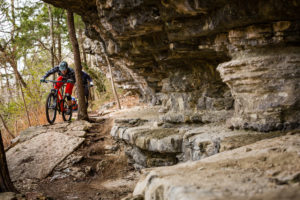
Bentonville, Arkansas, better known as the head of Walmart is slowly changing to know as a mountain bike city. Fresh

Santa Claus, Indiana is attracting major investors because of their town’s brand. Learn More Here!